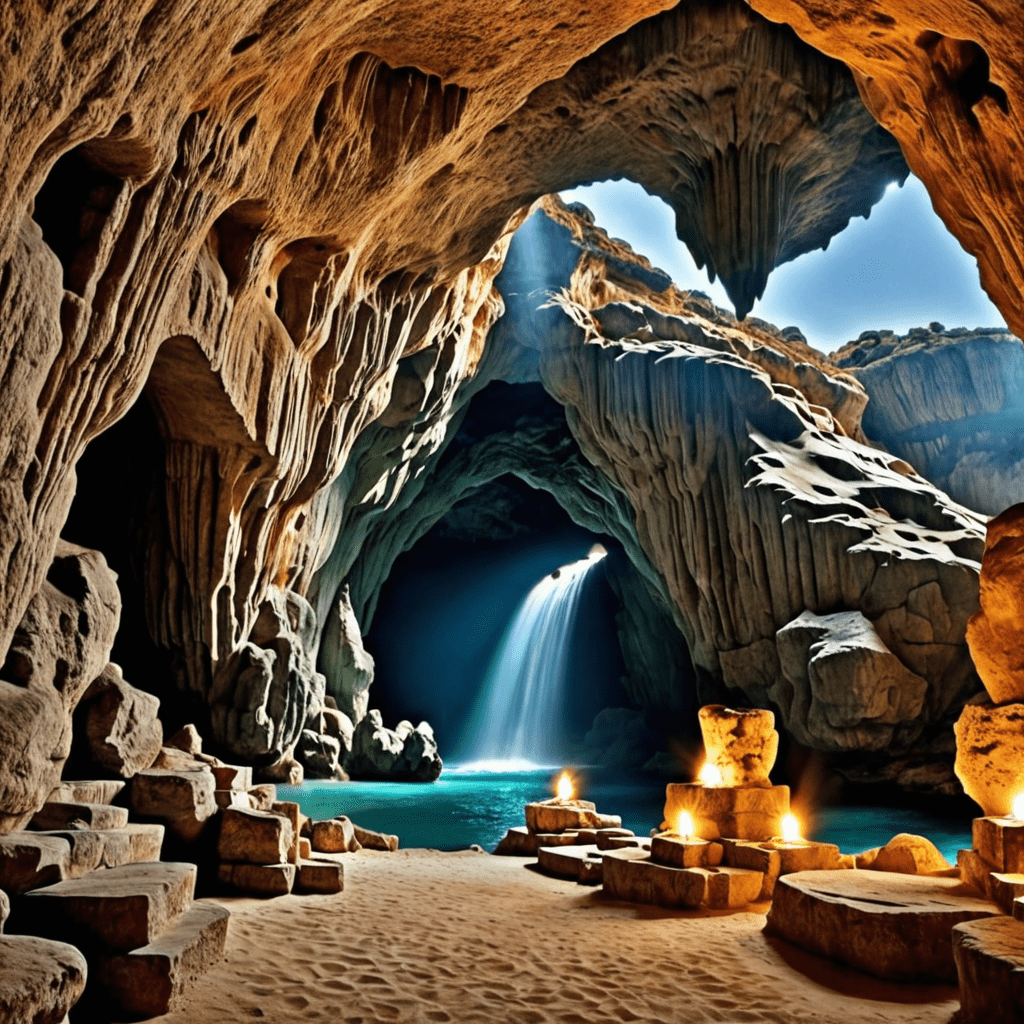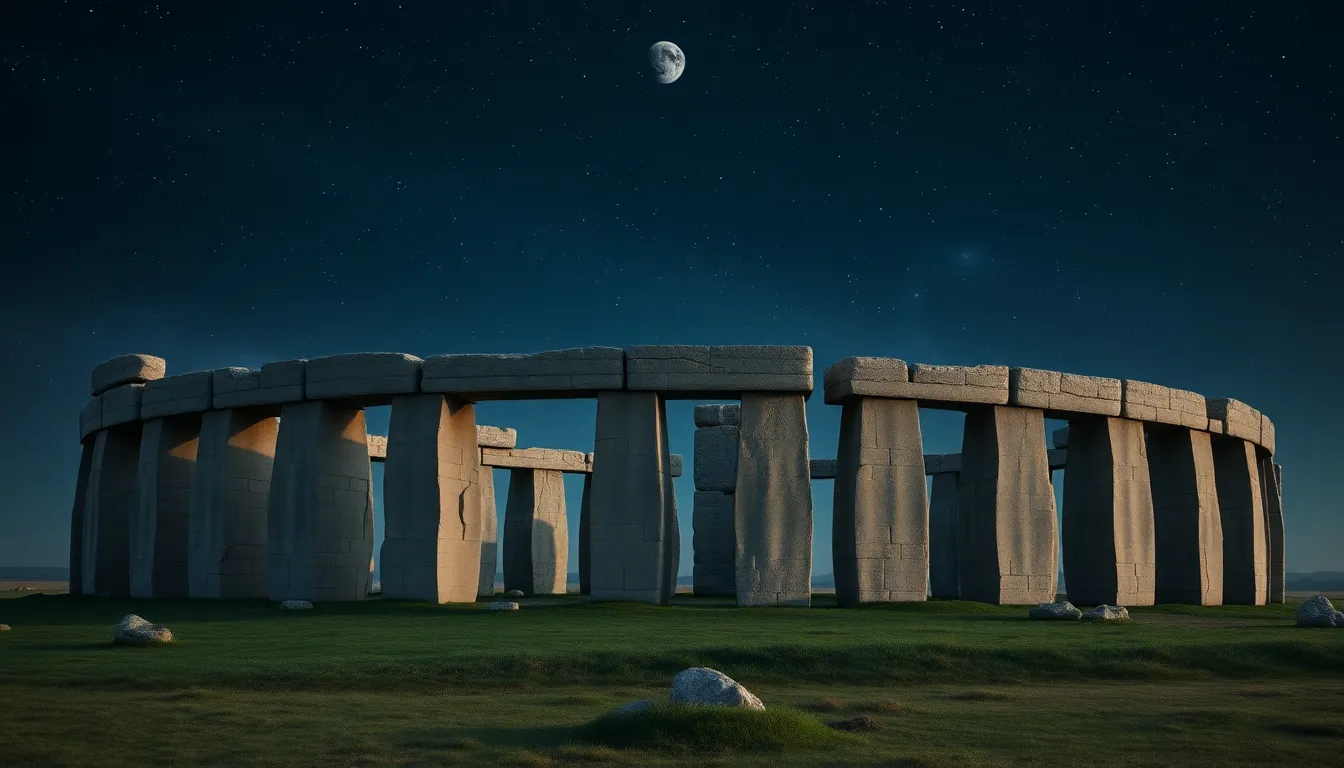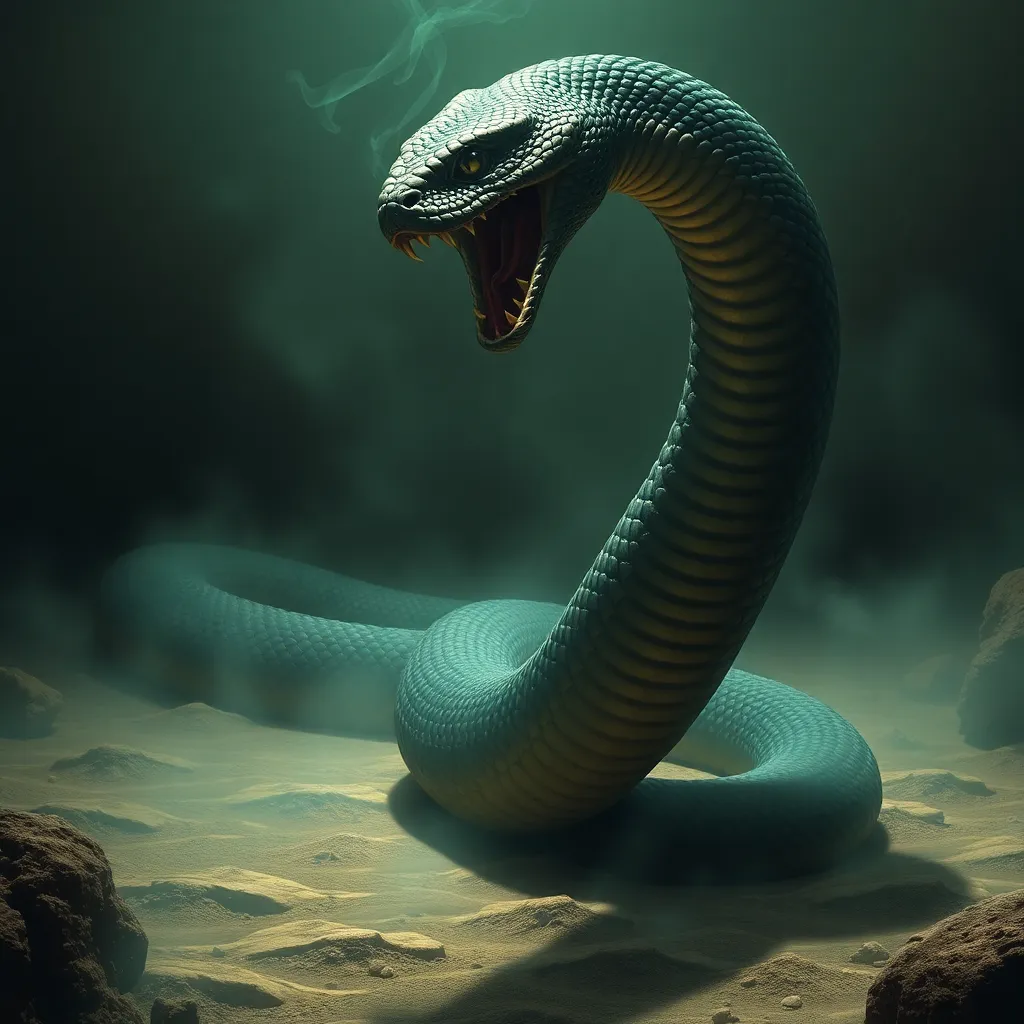The Mythology of the Nez Perce Tribe
The Nez Perce, an indigenous Native American people of the Pacific Northwest, possess a rich and complex mythology that has been passed down through generations. Their stories offer insights into their beliefs, values, and relationship with the natural world.
Creation Story and Coyote
Central to Nez Perce mythology is the creation story, which features the transformative figure of Coyote. Coyote is a cunning and mischievous character who plays a pivotal role in shaping the world. According to the legend, Coyote emerged from a mist and found the earth barren and lifeless. Through his actions, he brought forth plants, animals, and humans, transforming the world into a vibrant and habitable place.
Coyote and the Salmon
Another prominent tale in Nez Perce mythology is that of Coyote and the salmon. Coyote, ever the trickster, stole salmon from a group of fishermen. In an attempt to hide his theft, he buried the fish in the ground. However, the salmon proved more powerful than Coyote and escaped back into the river. This story serves as a reminder of the importance of respecting the gifts of nature and the consequences of trickery.
Coyote and the Origin of Death
In Nez Perce mythology, Coyote is also associated with the origin of death. When Coyote first created humans, they were immortal. However, he became jealous of their power and devised a plan to introduce death into the world. He tricked a young woman into eating a poisoned berry, causing her to die. Thus, mortality became a permanent part of the human experience.
The Seven Brothers and the Star Husband
The Nez Perce tale of the Seven Brothers and the Star Husband is a poignant story of love, sacrifice, and celestial connection. Seven brothers, all skilled hunters, compete for the hand of the beautiful Morning Star. The Star Husband agrees to marry one of the brothers on the condition that he prove his ability to hunt. After a series of challenges, the youngest brother emerges victorious, but he must leave his family to join his wife in the sky, symbolizing the enduring bonds between the earthly and celestial realms.
Hah-lee-lits and the Origin of the Sun
Hah-lee-lits, the creator in Nez Perce mythology, is said to have brought forth the sun. According to the legend, Hah-lee-lits became tired of living in darkness and created a small ball of fire to light his home. However, the ball was too bright and scorched the earth. Hah-lee-lits then placed the ball in the sky, where it became the sun, providing warmth and light to all.
6. The Giant Buffalo and the Creation of the World
Nez Perce mythology also includes a tale about the Giant Buffalo and its role in the creation of the world. According to this story, the Giant Buffalo was a massive and powerful creature that roamed the earth. As it moved, it left large depressions in the ground, which later became rivers and lakes. The Giant Buffalo's horns reached up to the sky, forming the mountains. This story highlights the significance of the buffalo in Nez Perce culture and its connection to the natural landscape.
7. The Underwater World and the Shamanic Journey
The Nez Perce believed in an underwater world inhabited by spirits and deities. Shamans, respected spiritual leaders, would undertake visionary journeys to this realm through dreams and rituals. During these journeys, shamans sought guidance, healing, and power from the spirits dwelling in the underwater world. This concept of a spiritual connection to the aquatic realm reflects the Nez Perce's deep connection to water and its importance in their lives.
8. The Spirit World and Communication with the Dead
In Nez Perce mythology, the spirit world is thought to coexist alongside the physical world. Deceased ancestors are believed to reside in this realm, maintaining close ties with their living relatives. The Nez Perce practiced rituals to communicate with the dead, seeking their wisdom and guidance in matters of life and death. This connection with the spirit world emphasized the continuity of life beyond the physical realm and fostered a sense of intergenerational kinship.
9. Shamanism and Healing Practices
Shamans played a central role in Nez Perce society, serving as healers, spiritual guides, and protectors of the tribe. Through their knowledge of herbs, rituals, and spiritual practices, shamans treated physical and mental ailments, invoked healing spirits, and ensured the well-being of the community. Their ability to traverse the spirit world allowed them to diagnose illnesses, communicate with supernatural beings, and bring balance and harmony to the lives of the Nez Perce people.
10. The Nez Perce View of the Natural World
The Nez Perce held a profound reverence for the natural world, viewing it as a sacred realm filled with interconnectedness and spiritual significance. They believed that plants, animals, and the land itself possessed spirits that deserved respect and gratitude. This holistic perspective guided their interactions with their environment, emphasizing the importance of sustainability, reciprocity, and living in harmony with the natural world.
FAQ
Q: What is the central figure in Nez Perce mythology?
A: Coyote, a cunning and mischievous character, plays a pivotal role in shaping the world through his actions.
Q: How did the Nez Perce explain the origin of death?
A: In their mythology, Coyote tricked a young woman into eating a poisoned berry, introducing mortality into the human experience.
Q: What does the story of Hah-lee-lits and the sun symbolize?
A: This tale represents Hah-lee-lits' struggle to overcome darkness and his creation of the sun as a source of light and warmth.
Q: How did shamans communicate with the dead?
A: Through rituals and dreams, shamans entered the spirit world to seek guidance and wisdom from deceased ancestors.
Q: What was the Nez Perce view of the natural world?
A: They held a deep reverence for their environment, considering it sacred and interconnected, with plants, animals, and the land possessing spirits.




